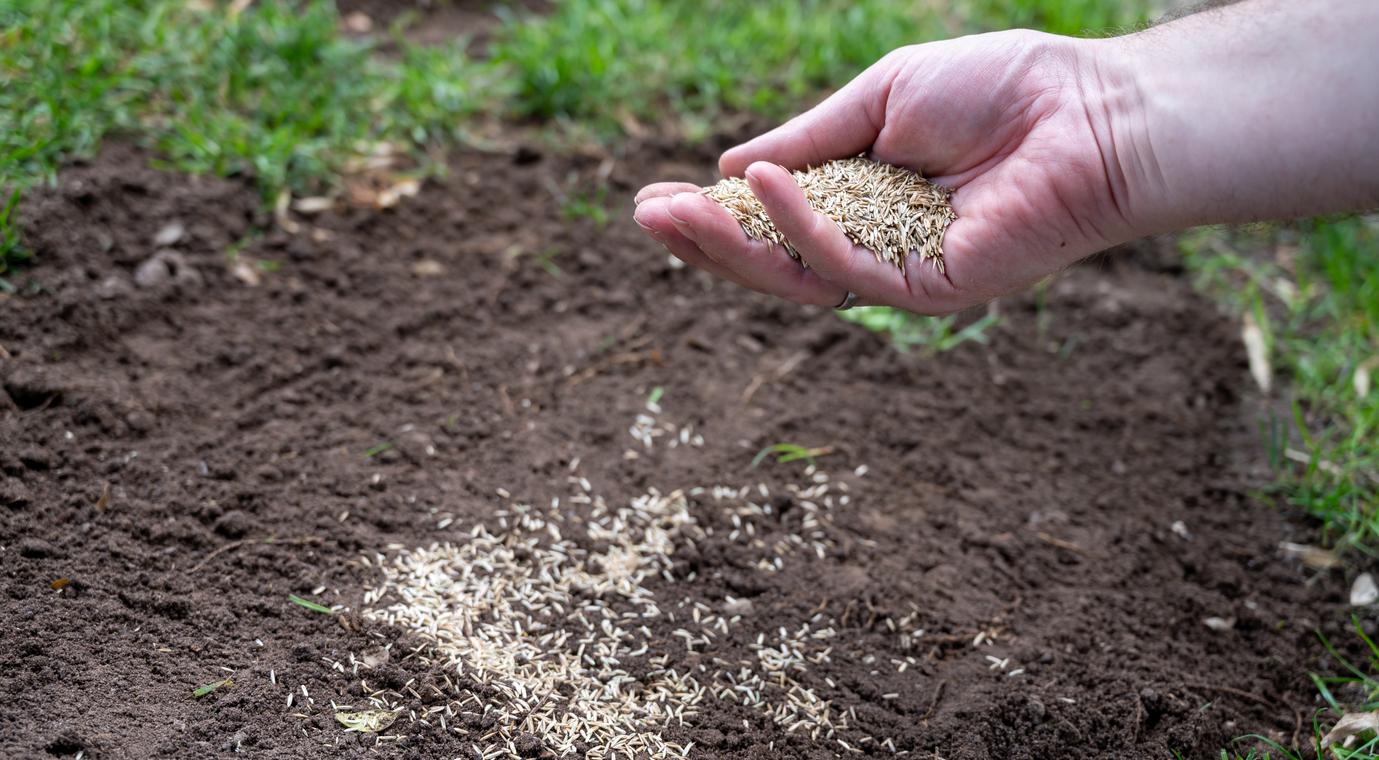At Excel Tree Care, we understand the significance of trees in enhancing the beauty and ecological balance of your property. However, there are situations when the removal of a tree becomes imperative for reasons such as safety, visual appeal, or practicality. After the tree has been successfully removed, it becomes paramount to restore your lawn to its former glory. Below are 8 tips you can follow to get your lawn back in perfect condition.
1. Assess the Damage
The first step in the lawn repair process is to assess the damage caused by the tree removal. The extent of damage can vary based on factors such as the tree’s size, the equipment used for removal, and the tree’s health before removal. Look for signs of soil compaction, root damage, and bare spots in your lawn.
2. Prepare the Soil
Before you can start revitalizing your lawn, it’s important to prepare the soil properly. Begin by removing any leftover tree roots, rocks, or debris from the area. You can also consider aerating the soil to improve its structure and allow for better water penetration.
3. Test and Adjust Soil pH
Testing your soil’s pH level is essential for the health of your new lawn. Most grass types thrive in soil with a pH level between 6.0 and 7.0. If your soil’s pH is outside this range, consider amending it with lime to raise the pH or sulfur to lower it. A balanced pH level ensures that nutrients are readily available to your grass.
4. Choose the Right Grass Seed
Selecting the right type of grass seed is crucial for achieving a healthy and attractive lawn. Take into account factors such as your climate, soil type, and the amount of sunlight your lawn receives. Cool-season grasses like Kentucky bluegrass and fescue are great options for many regions.
5. Overseed and Fertilize
Overseeding is the process of spreading grass seed over your existing lawn. This helps fill in bare spots and improves overall grass density. Before overseeding, apply a balanced fertilizer to provide the nutrients your new grass will need to establish itself.
6. Proper Watering
Water is essential for the growth of your new grass. Water your lawn consistently, keeping the soil consistently moist but not waterlogged. Deep, infrequent watering is often more effective than frequent shallow watering. A soaker hose or irrigation system can be helpful in achieving even coverage.
7. Monitor and Control Weeds
After tree removal, your lawn may be more susceptible to weed invasion due to disturbed soil and increased sunlight. Keep a close eye on your lawn for any signs of weeds and promptly address them. Consider using herbicides or organic weed control methods to keep your lawn weed-free.
8. Regular Maintenance
Maintaining your newly restored lawn is essential for long-term success. Mow your grass at the appropriate height for your chosen grass type, and avoid cutting more than one-third of the grass blade at a time. This promotes healthy root growth and helps your lawn resist weeds and disease.
Professional Low-Impact Tree Removal
Restoring your lawn after tree removal is a process that requires time, effort, and careful attention to detail. By following these expert tips, you can ensure that your lawn recovers and flourishes. Remember that patience is key, and with the right care, your lawn will soon be a lush and vibrant green space once more.
If you need professional assistance with tree removal, don’t hesitate to contact us at Excel Tree Care. We pride ourselves on performing low-impact work on your property and will remove all materials in a safe, controlled manner. Call us today at (404) 964-6508, or fill out our online contact form for a free estimate!

